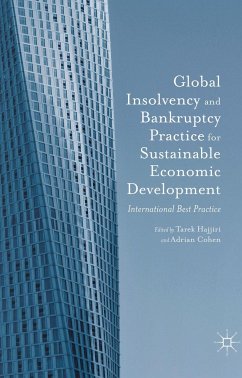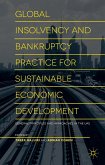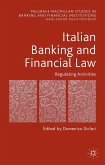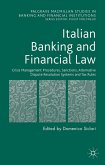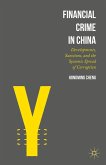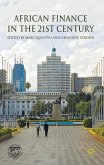How an economy handles financial and business distress has a major impact on confidence in business, the availability of investment, the cost of credit, and economic growth. The financial crisis of 2007-2008 and its aftermath was a catalyst to legal reform in the field of bankruptcy and restructuring law and brought an added focus to the systemic threat of bank failure to the financial system.
This book is a comparative study of international practices in bankruptcy law, providing perspectives from a variety of specialisms including practitioners, lawyers, bankers, accountants and judges from the United Arab Emirates, the UK and Singapore. Including an in-depth study on English, US and Singaporean law, it offers an overview of corporate restructuring and insolvency in England and Wales and the role of insolvency practitioners in the UK. The authors explore the reorganisation process in the United States under chapter 11 of the US Bankruptcy Code, including enforcement perspectives on US bankruptcy law, before providing a comparative analysis of duties and liabilities of directors and officers under US and UK law. The final chapter offers a perspective on financial restructuring and bankruptcy from Singapore.
The authors explore core questions surrounding bankruptcy law, including its ability to facilitate the turnaround of business, to enable efficient reallocation of capital, to provide coherent rules for entrepreneurs, investors, employees, and creditors, and to provide for both appropriate sanctions and for rehabilitation. ?
This book is a comparative study of international practices in bankruptcy law, providing perspectives from a variety of specialisms including practitioners, lawyers, bankers, accountants and judges from the United Arab Emirates, the UK and Singapore. Including an in-depth study on English, US and Singaporean law, it offers an overview of corporate restructuring and insolvency in England and Wales and the role of insolvency practitioners in the UK. The authors explore the reorganisation process in the United States under chapter 11 of the US Bankruptcy Code, including enforcement perspectives on US bankruptcy law, before providing a comparative analysis of duties and liabilities of directors and officers under US and UK law. The final chapter offers a perspective on financial restructuring and bankruptcy from Singapore.
The authors explore core questions surrounding bankruptcy law, including its ability to facilitate the turnaround of business, to enable efficient reallocation of capital, to provide coherent rules for entrepreneurs, investors, employees, and creditors, and to provide for both appropriate sanctions and for rehabilitation. ?

